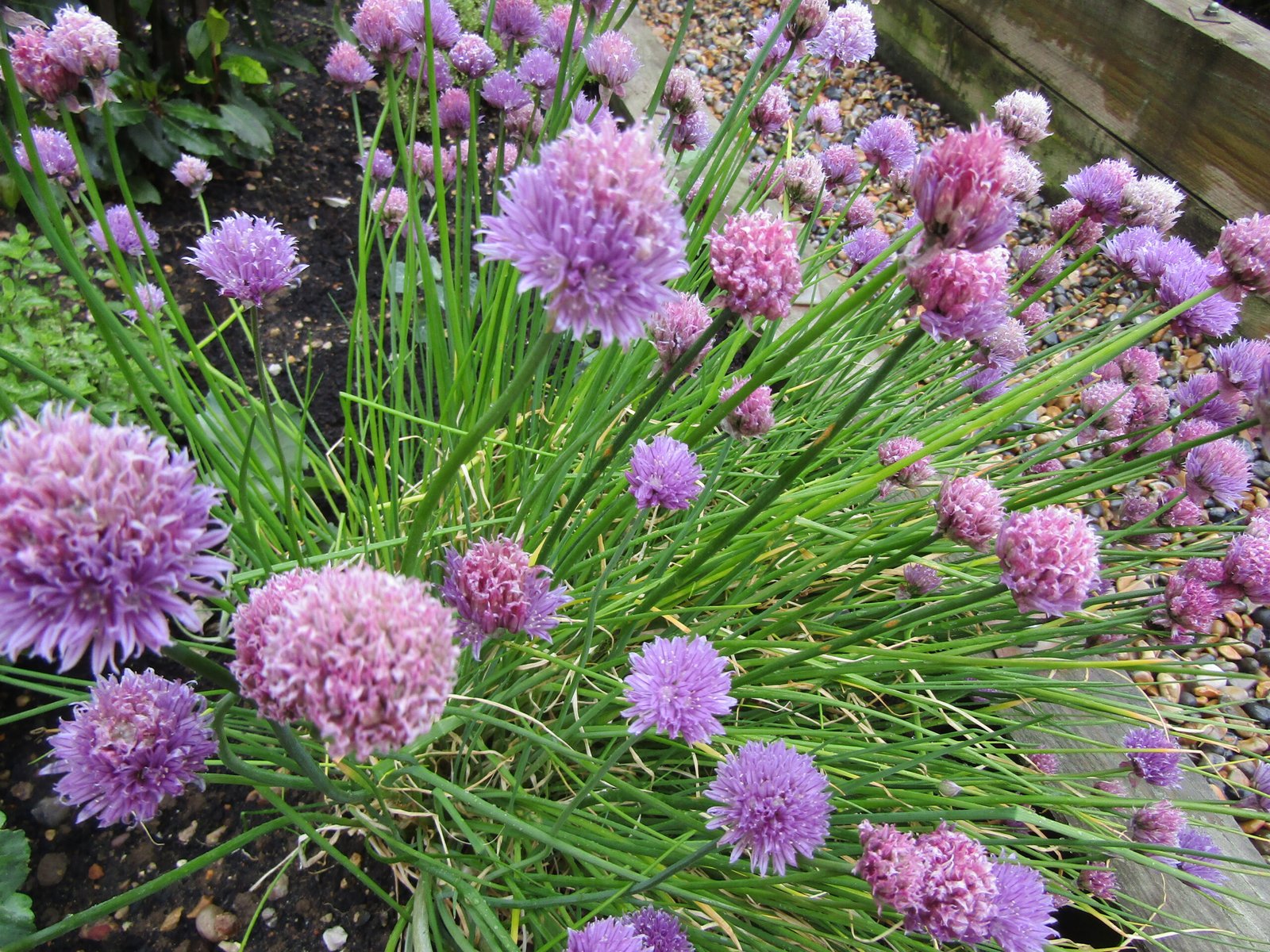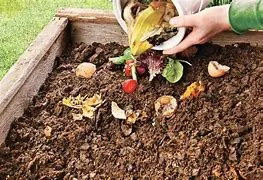7 Must-Have Herbs to Grow in Your Patio Garden
Patio gardening is a dream for those who love fresh herbs but lack a full backyard. Whether you live in a cozy apartment or a high-rise condo, a patio garden or balcony offers just the right balance of nature and convenience for herbs to grow. These plants are not only beautiful but add deep flavors to your cooking.
Benefits of Herbs Growing in Your Patio Gardening
- Compact and Manageable: Herbs thrive in pots, so you don’t need acres of space.
- Easy to Monitor: Watering, pruning, and harvesting are simpler in a contained area.
- Aesthetic Appeal: Potted herbs add greenery and charm to your patio.
- Instant Access: Herbs are quick growing so they give almost instant access to flavor for your dishes.
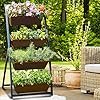
Space-Saving Ideas for Growing Herbs
- Use vertical planters or railing pots.
- Group herbs in large containers with similar needs.
- Stack small pots on plant stands or ladders.
What You Need to Start a Patio Herb Garden
Before you get your hands dirty, here’s what you’ll need:
Containers and Pots
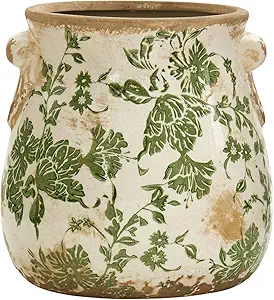
Choose pots with drainage holes. Terracotta, ceramic, or plastic containers work well, but ensure they’re at least 6-12 inches deep. Visit our shop to get ideas for pots that help plants thrive.
Soil and Drainage Tips
Use a well-draining potting mix—not garden soil. Add perlite or sand to improve drainage. Check the pH balance with a meter to make sure the soil is near 6.5.
Sunlight Requirements
Most herbs need 6-8 hours of sunlight daily. South or west-facing patios are ideal. If not, consider grow lights.
Best Practices for Grows to Grow in Containers
To ensure thriving herbs:
- Water regularly, but avoid soggy soil.
- Use organic liquid fertilizers every 2-4 weeks.
- Keep pots clean and inspect for pests like aphids or spider mites.
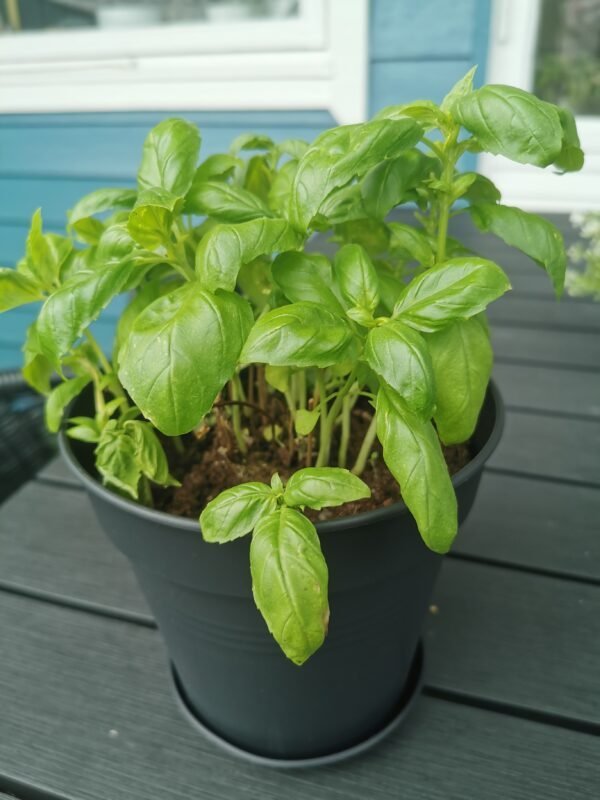
Herb #1: Basil – The Aromatic Favorite
Basil is the crown jewel of patio herbs. It grows fast and adds a fragrant punch to any dish.
Potting Tips
Plant basil in a 12-inch pot. Water it deeply but let the soil dry slightly between watering.
Sunlight Needs
Basil loves full sun—at least 6 hours a day.
Harvesting
Pinch off the top leaves often to encourage bushy growth.
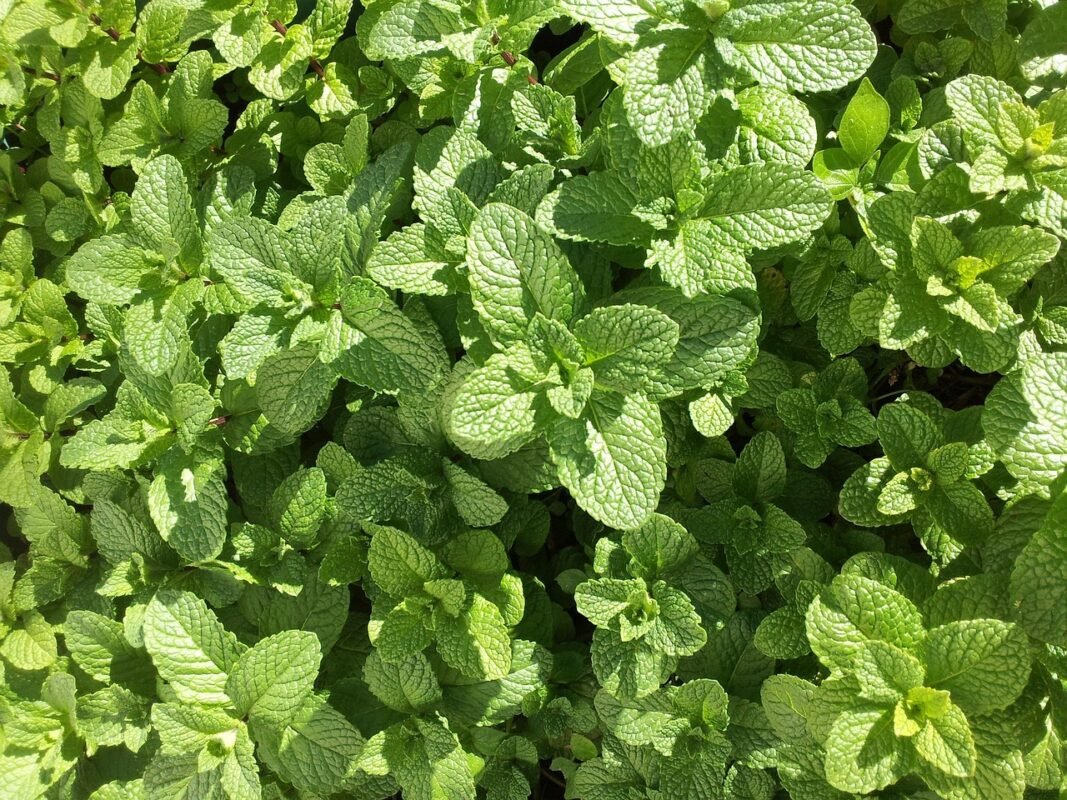
Herb #2: Mint – The Fast Grower
Mint is wonderfully refreshing, but a bit of a wanderer.
Container Growing Only
Always plant mint in its own pot—it spreads aggressively.
Caring for Mint
It likes partial shade and consistent moisture. Trim it regularly to prevent legginess.
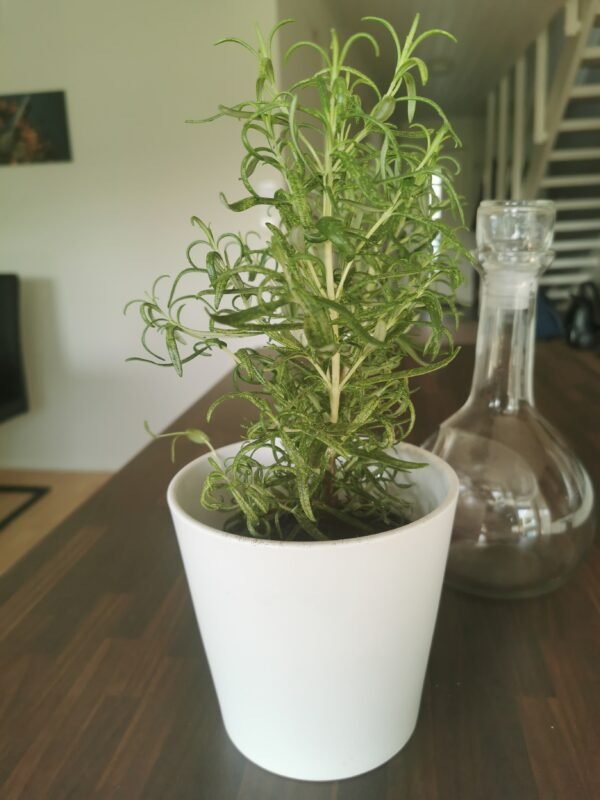
Herb #3: Rosemary – The Woody Perennial
Rosemary is both hardy and aromatic, with beautiful needle-like leaves.
Potting Mix
Use a well-draining, sandy soil. Rosemary hates wet feet.
Sun and Care
Give it full sun and let the topsoil dry between watering. Prune to keep it in shape.
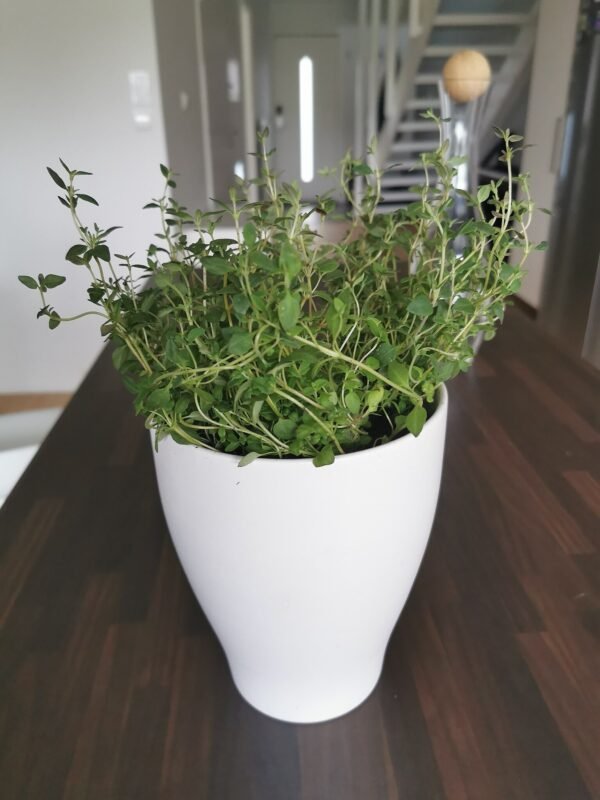
Herb #4: Thyme – The Low-Grower
Thyme is a ground-covering herb perfect for edging containers.
Container Tips
Choose wide, shallow pots with gritty soil.
Plant Companions
Pair it with oregano or rosemary in one pot for a Mediterranean mix.
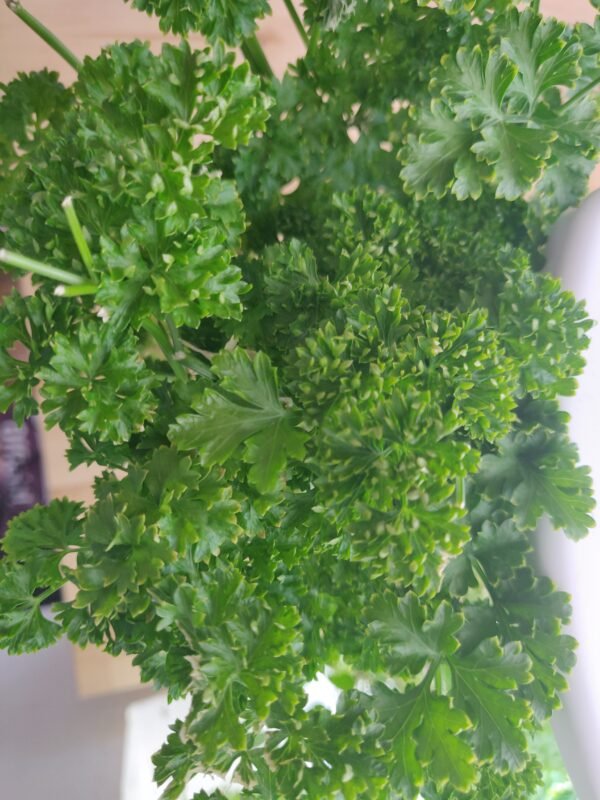
Herb #5: Parsley – The Biennial Beauty
Parsley is rich in nutrients and flavor.
Flat vs. Curly Parsley
Flat-leaf is stronger in flavor; curly is more decorative.
Growing Conditions
Parsley prefers rich soil, part shade, and moist roots.
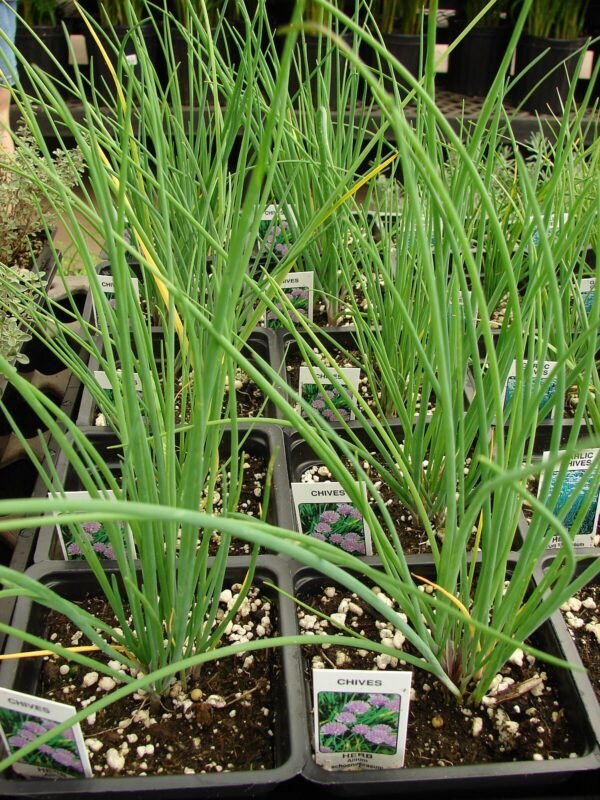
Herb #6: Chives – The Oniony Accent
Chives offer a mild onion taste and grow in tidy clumps.
Propagation Tips
Start from seed or divide mature plants. Keep them in a 6-8 inch pot.
Maintenance
Snip often to promote growth and prevent flowering.
Herb #7: Oregano – The Mediterranean Must
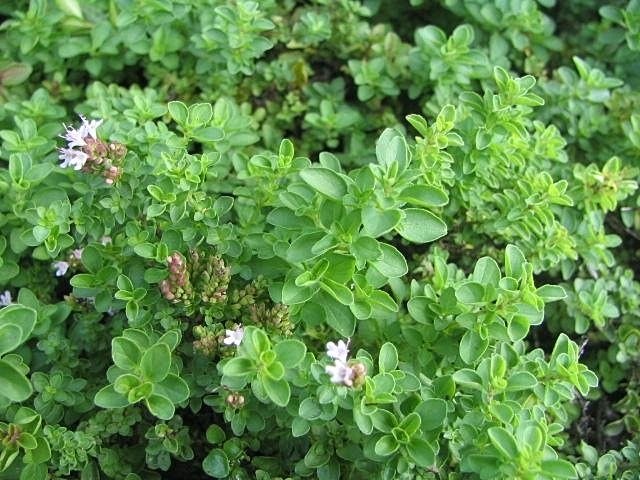
Oregano is a robust herb great for Italian dishes.
Caring for Oregano
It thrives in sun and lean soil. Over-fertilizing reduces flavor.
Harvesting
Cut just above a leaf node. The more you snip, the bushier it gets.
Arranging Your Patio Garden for Aesthetic and Function
Make your herb garden both beautiful and practical:
- Group by sunlight needs.
- Place taller herbs like rosemary in the back.
- Use hanging planters or wall pockets for cascading herbs like thyme.
- If you have railing, use railing planters.
- Keep a pair of scissors nearby to snip off herbs as they mature.
Common Mistakes to Avoid for Herbs to Grow Well
Here’s what NOT to do:
| Mistake | Why It’s a Problem | Fix |
|---|---|---|
| Overwatering | Root rot can kill herbs | Check soil before watering |
| Too little sun | Herbs become leggy | Move pots to brighter areas |
| Mixing incompatible herbs | Some need dry soil, others moist | Group by needs |
| Not harvesting. | Plants get leggy and don’t produce young branches. | Snip off young herb stocks and store them in the freezer or give to friends. |
Tips for Year-Round Herb Harvesting
- Bring pots indoors in colder months.
- Place near a sunny window or use grow lights.
- Snip regularly to keep herbs producing.
Final Thoughts on Growing Herbs on a Patio
For herbs to grow on a patio, it is simple, satisfying, and wonderfully aromatic. With just a little attention, you can enjoy fresh, homegrown flavor year-round—no backyard needed. For more information about growing edible plants on your patio, check out my blog post How To Grow Killer Kale.
FAQs About Patio Herb Gardening
1. Can all herbs grow in containers?
Yes! Almost all herbs do well in pots with good drainage and sunlight.
2. How often should I water herbs on a patio?
Typically 2-3 times a week in warm weather. Always check soil moisture first.
3. What’s the easiest herb to grow for beginners?
Mint and chives are very beginner-friendly and resilient.
4. Can I mix different herbs in one pot?
Yes, if they have similar sun and water needs.
5. Do patio herbs attract pests?
They can, but herbs like rosemary and basil naturally repel many bugs.
6. How do I keep herbs growing all year long?
Move them indoors during winter and place them under grow lights if needed.

